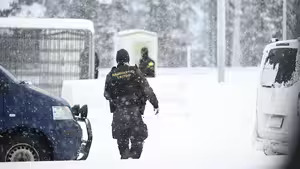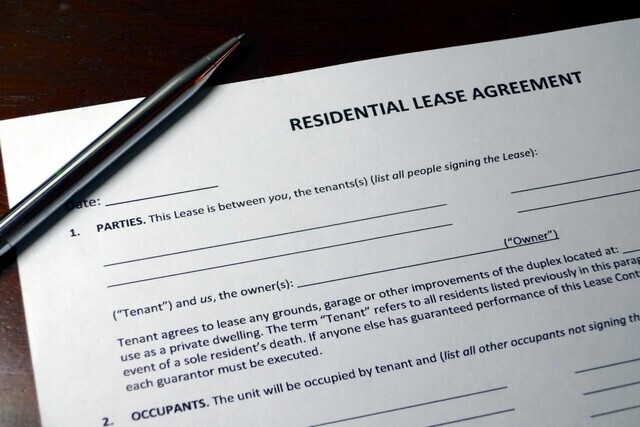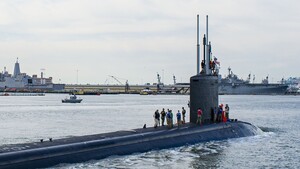Finland is remaining at all crossings at the Russian border after accusing Moscow of deliberately assisting migrants into the U.S.
Seven of the eight road posts have already closed over an upward push in crossings this month.
The authorities now say the remaining area, located within the Arctic Circle, will be neared on Thursday for two weeks.
Around 900 asylum seekers entered Finland from Russia in November, up from fewer than one a day on average.
They come from worldwide places, collectively with Morocco, Pakistan, and Syria, the government says.
Finland has “decided to place an end to the crossings,” Prime Minister Petteri Orpo stated in a statement.
The government says Russia is channeling asylum seekers in the direction of Finland in what it calls an “have an effect on operation” and “hybrid attack” and has answered by means of little by little final an increasing number of border posts.
Raja-Jooseppi grows to be the final avenue crossing to live open; however, it too may be closed through Friday. A rail crossing will stay open for freight web site traffic.
Only 3 migrants crossed into Finland via Raja-Jooseppi on Monday and 0 on Tuesday, but the authorities said it changed into taking no possibilities with what they characterized as a risk to countrywide protection.
Finland’s non-discrimination ombudsman has raised worries that Helsinki is jeopardizing the right to seek asylum below worldwide law, especially because the very last border crossing changed into a round 900km (560 miles) north of the capital.
The Finnish authorities say human beings arriving by boat or air can nonetheless search for asylum.
A colonel within the Finnish border shield, stated criminal concerns over keeping Finland’s obligations under worldwide refugee regulation have been “truly” a motive for the innovative closure of the border.
Col. Pitkaniitty stated border guards had discovered clean evidence of Russian officials supporting migrants passing into Finland, which includes times in which Russian border factors have been closed after humans crossed to save them from returning.
Pia Lindfors, government director of the Finnish Refugee Advice Centre, suggested to the BBC that she feared the selection would possibly push asylum seekers to move far from legitimate crossing points, via the loads of kilometers of forests and rivers making up the lengthy border.
“Now that wintry weather has arrived, this could be even more dangerous,” Ms. Lindfors said.
She introduced that, however the closures, Finnish authorities ought to provide help to people in need on the Russian aspect of the border and not push humans crossing illegally lower back into Russia.
“I need to recall that Finnish border guards will no longer destroy the fundamental concepts,” Ms. Lindfors said.




















